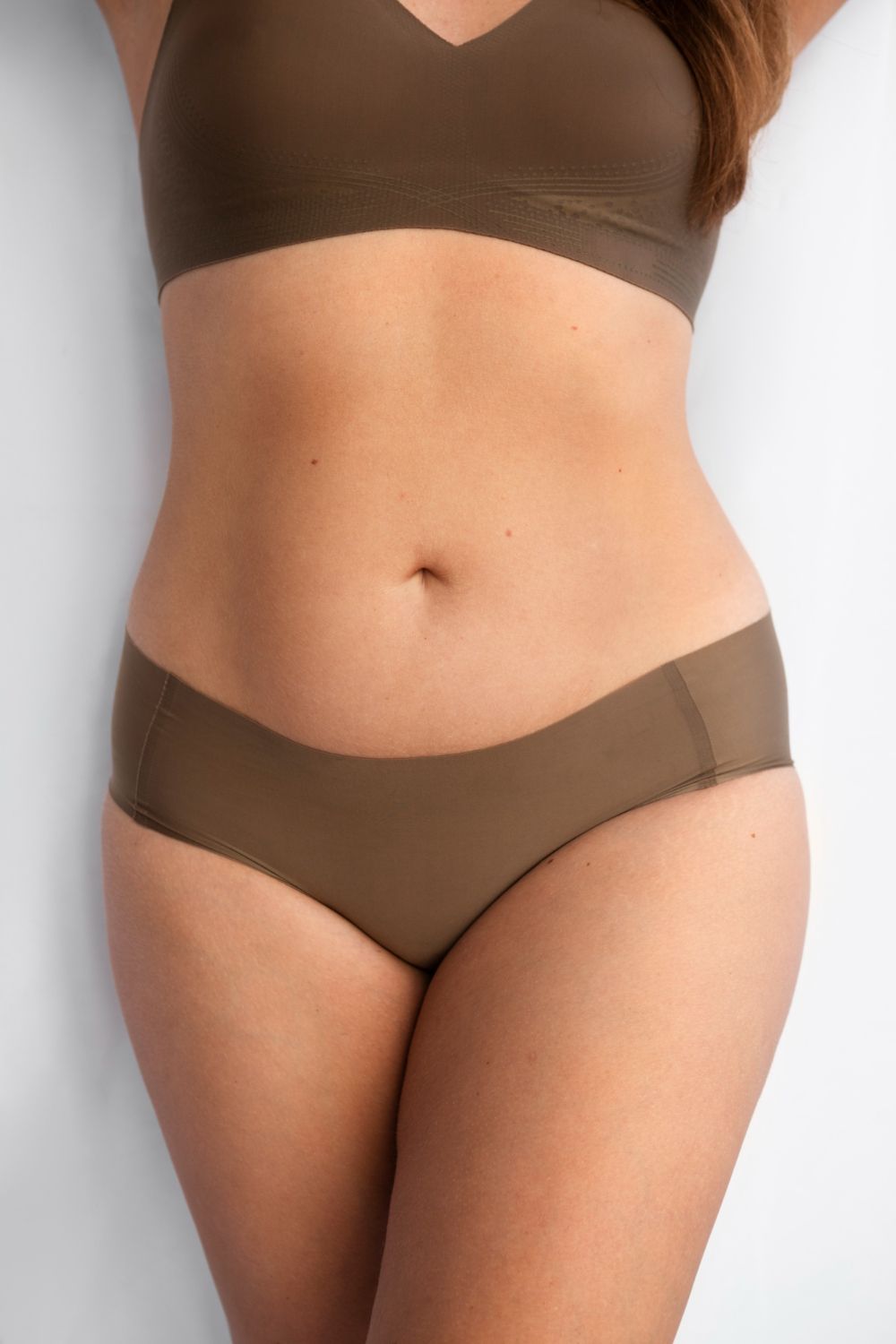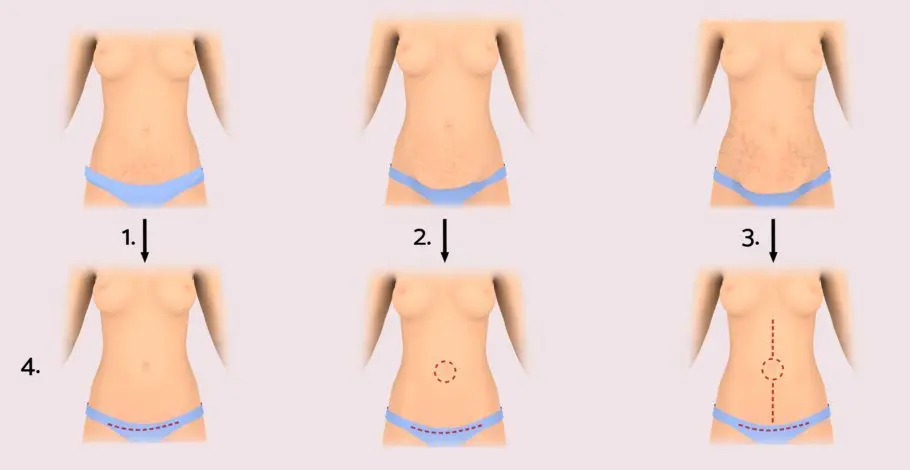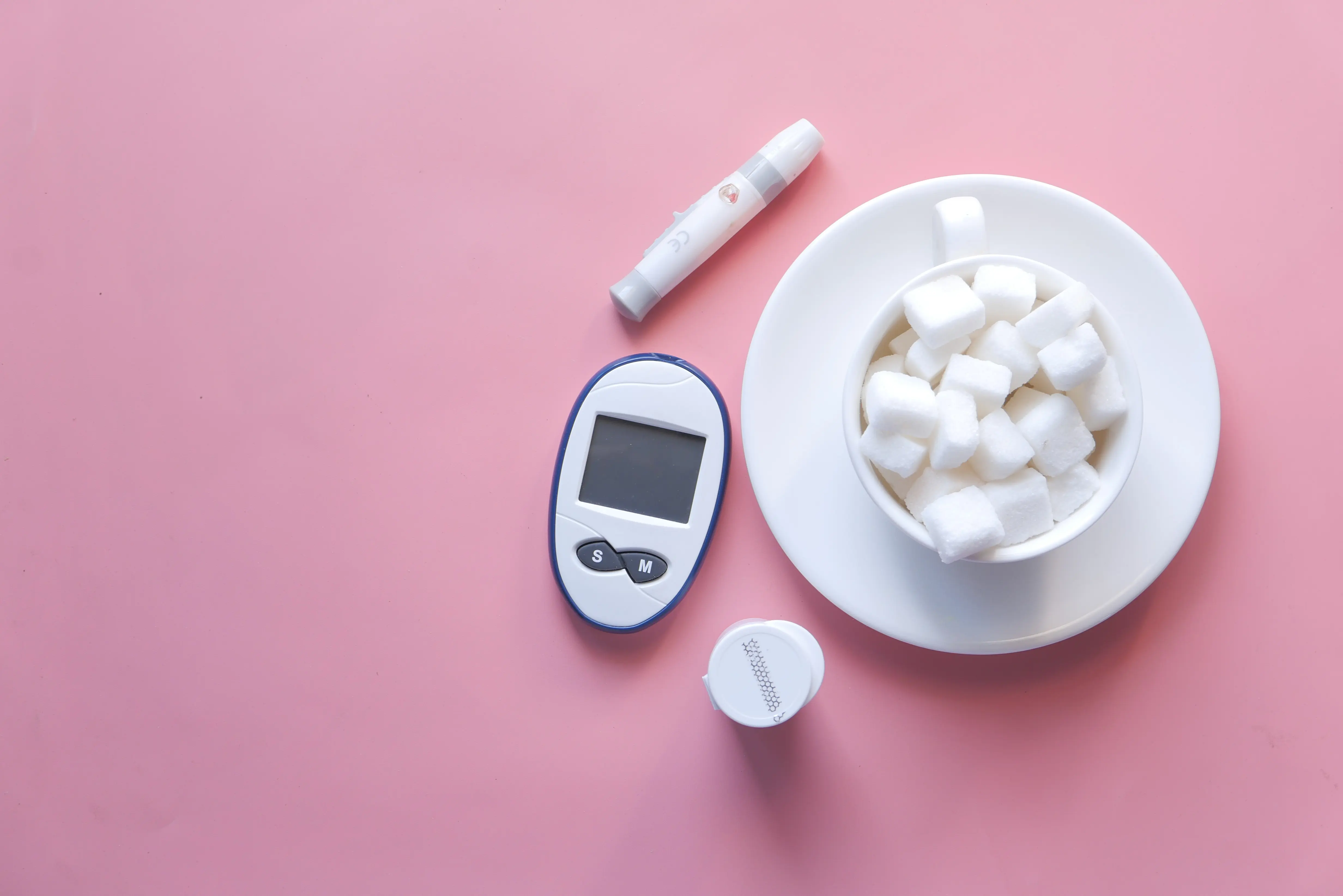Other Treatment Methods

Tummy tuck
Stretching strains the abdominal wall. After childbirth or weight loss weight reduction some people are dissatisfied with the appearance of their midsection. The tummy tuck can restore a sagging tummy to shape. Larger fat deposits and excess abdominal skin are removed. Before the procedure, you should talk to your doctor about your personal expectations and options. The best cosmetic result is expected in otherwise slim people in good physical condition. Blood-thinning medications must be discontinued before the operation.
How does a tummy tuck work?
The tummy tuck takes between one and a half to three hours. It usually takes place under general anesthesia in a hospital. Through a long horizontal incision above the pubic hair, the surgeon separates the abdominal skin from the abdominal muscles. The navel is cut out, the central abdominal muscles are united, tightened, and sewn up. The skin is then smoothed over the newly contoured abdomen. Excess skin is removed and the navel is re-sewn in a new position.
Risks of abdominoplasty
A large wound area is created during the tummy tuck. This can sometimes lead to swelling, bruising, rebleeding, fluid accumulation, or infection. Sometimes a numbness remains in the skin. Wound healing disorders or unsightly scars are also possible. During the operation, a blood clot can form in the leg veins (deep vein thrombosis), blocking blood flow. Early mobilization and anticoagulant medications are intended to prevent this.
After the operation
In the first one to two weeks, physical activities are limited Pain mobility. A compression girdle must be worn for three to six weeks. The scar should be protected from direct sunlight for six months. Sun exposure should be protected. Light everyday activities are possible again after a few days. With the Sport one should pause for six to eight weeks. The procedure leaves a long scar in the lower abdomen area and a smaller one around the navel.
Other Treatment Methods in this Department
Experts for this Treatment Method

- Aesthetic Surgery & Dermatology
Dr. med. Daniel Thome
aesthetic and soul
- Aesthetic Surgery & Dermatology
Dr. med. Peter Neumann
aesthetic and soul
- Aesthetic Surgery & Dermatology
Dr. med. Elisabeth Zott-Schuhmachers
Meine Haut München
- Aesthetic Surgery & Dermatology
Dr. med. Neda Nabavi
Ästhetisch Plastische Chirurgie
- Aesthetic Surgery & Dermatology
Dr. med. Caroline Kim
Praxis für Ästhetische und Plastische Chirurgie
- Aesthetic Surgery & Dermatology
Dr. Dr. med. Wolfgang Funk
Klinik Dr. Funk, Klinik für Ästhetische-, Plastische- und Transgender-ChirurgieAll Experts in this Department
Show All
- Aesthetic Surgery & Dermatology
Dr. med. Anna Brandenburg
Dermatologische Privatpraxis Dr. Anna Brandenburg
- Aesthetic Surgery & Dermatology
Prof. Dr. med. Johannes a. Veit
Nasenchirurgie München
- Aesthetic Surgery & Dermatology
Dr. med. Hanna M. D. Halter
Derma Marienplatz
- Aesthetic Surgery & Dermatology
Dr. med. Anette Zimpfer-Keese
Dres. Zimpfer/Zimpfer-Keese MVZ
- Aesthetic Surgery & Dermatology
Dr. med. Daniel Thome
aesthetic and soul
- Aesthetic Surgery & Dermatology








